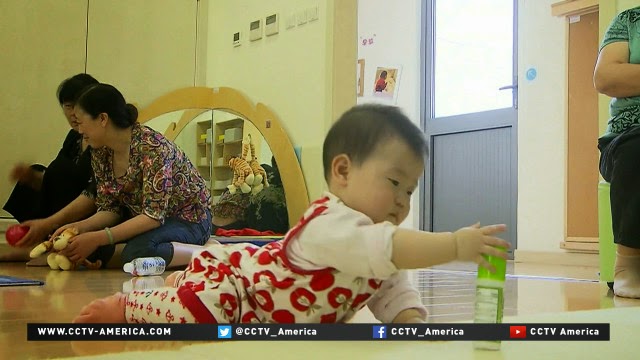Brain Organoids
A new method for growing human brain cells could unlock the mysteries of dementia, mental illness, and other neurological disorders. Researchers have used brain organoids for an investigation of microcephaly, a disorder characterized by small brain size, with Andrew Jackson of the University of Edinburgh. Using cells derived from a patient with microcephaly, the team …










